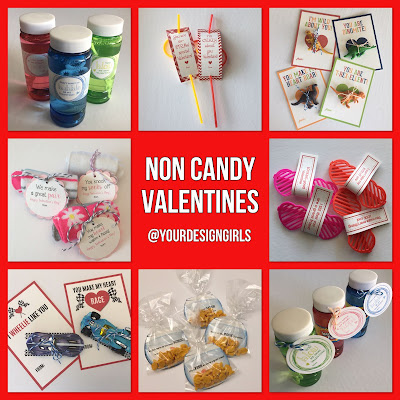Printing, Paper, & Cutting 101
If you’re a pro-DIY’er then you probably have a favorite way to print and types of paper you already know and love! For everyone else, there’s lots of options and they can be confusing and overwhelming! In this blog post we’re going to break down a few basic tips to make every DIY’er feel like a pro!
1. Where to print
Printing at home may seem like an obvious choice, it is quick and easy, BUT the cost of ink and paper can add up quickly. Also, most home printers are not going to give you the quality of a professional machine. If you’re under time constraints, places like Staples and Office Depot are a great choice for quality printing and they are budget friendly. They usually have several in-stock papers and card stocks to choose from and can print same-day. If you want a photo-finish, you can print at the self printing kiosk at Walgreens or CVS. Did you plan in advance? Great! You can get super low prices online (sometimes they include envelopes) at websites like Vistaprint, Uprinting, 123print, or Shutterfly (there are dozens more, this is just a few examples of our favorites). All are very similar; you just need to compare what is the best fit for pricing, paper type options, if they include envelopes, and turn around time.
2. File types
For most of our files you can choose to receive a high resolution JPG and/or PDF sheet. You want to use the PDF sheet to print at home or at a local print shop (ex. Stapes, Office Depot, etc…). The PDF sheet is sized to fit a standard 8.5x11 page and has crop marks if needed. Use the JPG to print from online print shops or photo printers (ex. Vistaprint, Walgreens, Shutterfly, etc…) or use for emailing & social media. We save these in actual size so there’s no need for cutting from a full sheet. If your printer is asking for a “bleed” (a .25” buffer around the design for best results when cutting a design that has a background) just let us know and we will update the file for you. (Original formats such as AI, SVG, and EPS are not available for sale.)
3. Paper type basics
Card stock is always the best option for anything that is not going in a frame. There’s lots of different thicknesses, textures, and colors to choose from. Our favorite paper sites include paperandmore.com and cardsandpockets.com. Some papers are too thick or made for laser printers, so check your in-home printer settings before you buy! It’s also a good idea to let your designer know if you’re going to print on colored paper as they will adjust the design colors to work best on your paper. For items like water bottle labels or stickers, we recommend choosing a water resistant paper or full-sheet sticker paper from a company like labelsbythesheet.com.
 |
| Paper Texture & Weight Sampler Pack at paperandmore.com |
4. Printing & cutting
Always print in "actual size," check your printer settings and make sure it doesn't automatically "scale to fit," "shrink to fit," or "fit to page.” If using a file with crop marks, cut at the crop marks with a paper cutter for best results. When cutting tags or cupcake toppers, use a 2” circle cutter from your local craft store (ex. Michaels, Joann’s, Hobby Lobby, AC Moore, etc…). You can get a number of awesome shapes and sizes in these hand cutters! Custom tag shape designs are available, just let us know which cutter you got!
5. Envelopes
Most invitations are set up for 5x7 which fits the A7 envelopes, and thank you cards are set up for A2 envelopes (see the item description or contact us with specific envelopes sizing questions). You can purchase envelopes in lots of different sizes and shapes from the paper sites listed above or from your local office supply companies.
 |
| Envelope Sampler Pack from paperandmore.com |
This is just the beginning of paper and printing! We hope it was enough to answer your basic questions and get your started! Stay tuned for more posts and videos and let us know if you have any questions!


Comments
Post a Comment